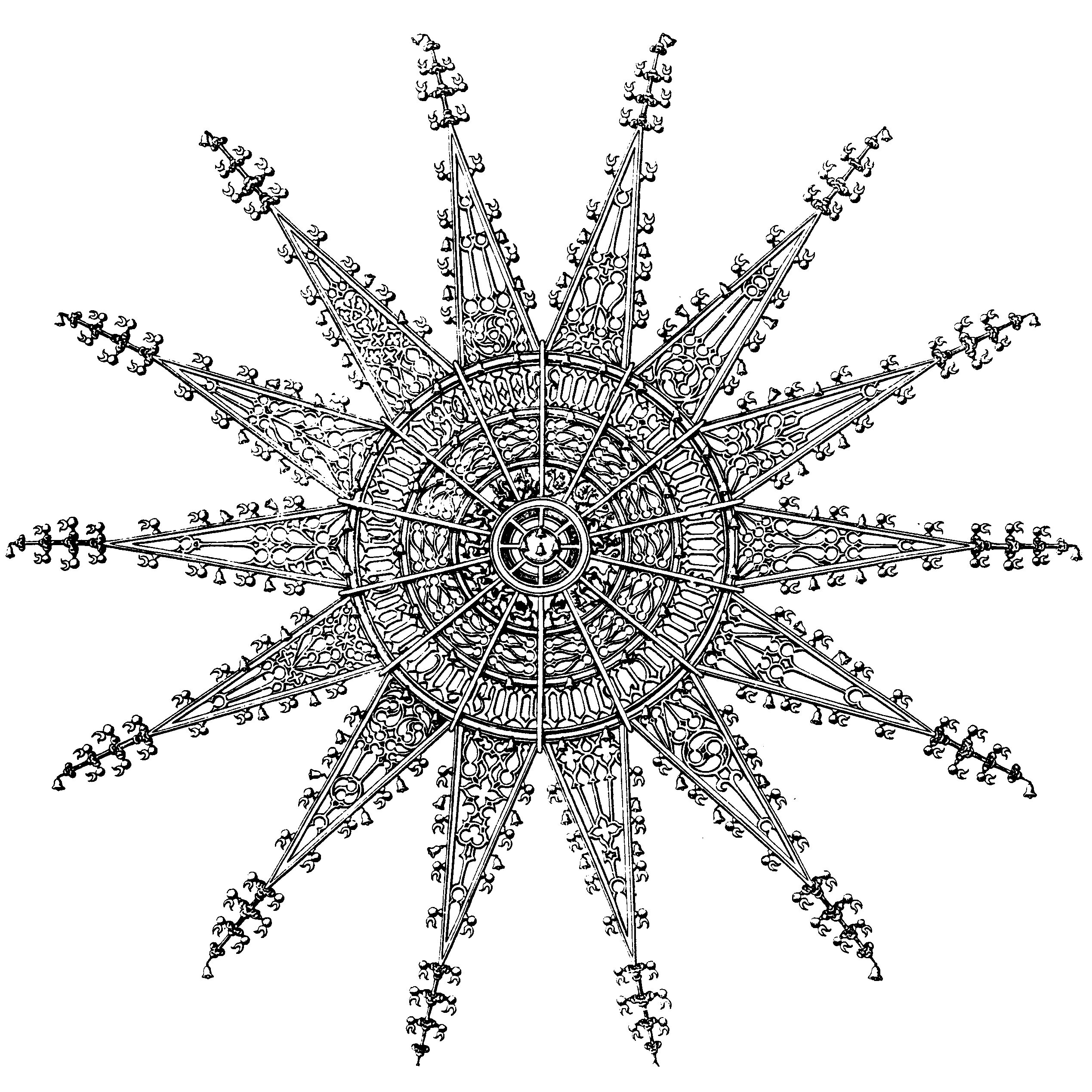Ventunesimo Colloquio di Musicologia
del «Saggiatore musicale»
Bologna, 17-19 novembre 2017
Abstracts
Reconstructing a Ricercare of Germano Pallavicino
Germano Pallavicino seems to have been born about 1545, and to have been active in Cremona. We also hear of him in Pizzighettone (near Cremona), and Toscolano (near lake Garda). In L’arte organica (Brescia 1608) Costanzo Antegnati named him amongst the most eminent organists of his day. Three of Pallavicino’s madrigals survive. No doubt these were part of a larger project, which has not survived, but they were included by Friedrich Lindner in his Liber secundus Gemmae musicalis (Nuremberg, Gerlach, 1589). Pallavicino is also known to have published two collections of ricercari (in partbooks), but nothing of these now survives. A copy of the cantus part book from the second collection (entitled Secondo libro delle fantasie, over ricercari a quattro voci… con duo motetti nel fine sopra il canto fermo, published by Amadino, Venice 1610, and dedicated to Francesco Gonzaga), was at one time in the possession of the Primaziale in Pisa, but it has disappeared. Fortunately the Ufficio Ricerca Fondi Musicali at Biblioteca Braidense in Milan has a microfilm.
However, some little while ago Armando Carideo discovered some loose leaves of German organ tablature containing a number of pieces by Stivori and five by Pallavicino. Amongst the latter are two ricercari, presumably from Pallavicino’s first collection of ricercari, for they cannot come from the second. The three other pieces come from the second collection – a monothematic ricercare, entitled Toccata La Gonzaga, and two pieces called ‘fantasias’. In effect they too are ricercari, and in the cantus part book are respectively entitled La Loda and L’Acquina napolitana.
The loose leaves, that contained all these pieces (now given the shelf mark N. Mus. ant. pract. 21), had become stuck in the back of a copy of Bernhard Schmidt’s tablature book. This was acquired in 1971 by the Staastsbibliothek Preußischer Kulturbesitz zu Berlin from the private collection of Alfred Cortot.
The intabulation is quite clear to read, and on a piece of parchment, glued to the front page, is the date 1610 – presumably the date of compilation. Unfortunately the intabulation of L’Acquina napolitana is now incomplete. The intabulator started on a verso, but the following recto, which would have contained the rest of the piece, is lost. However, the intabulation was plainly meant to be read ‘a libro aperto’. Thus, the opening bars survive in their entirety, and for the rest we have intermittent "clumps" of four part counterpoint, each lasting for about six breves.
Carideo published both the Stivori and the Pallavicino pieces (Bologna, 1999). He included L’Acquina napolitana, converting the German tablature (or what remains of it) into modern notation (i.e., two five line staves), and provided the cantus, where it was missing, from the microfilm of the cantus part book. I should like to record my gratitude to him for providing me with a copy of his article on the intabulation in Basler Jahrbuch, 22 (1999).
However, now that the rump of the intabulation and the cantus part book have been combined, it is possible to complete the piece, for we are now enabled to see where the entries must go.
I propose to offer this piece at the conference, both in notation and performance.
